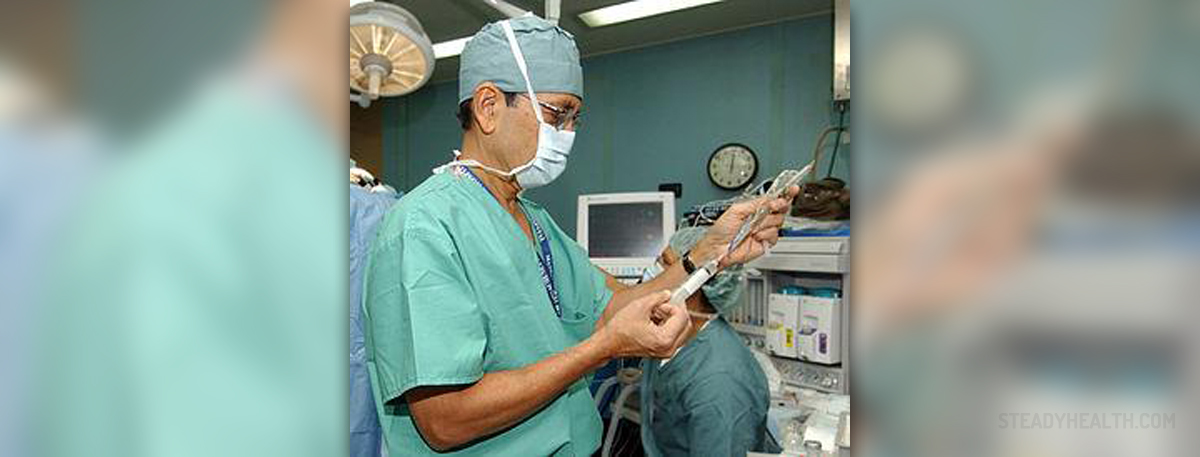
If you have been wondering what malignant hyperthermia is, you probably desire to learn more about this condition. Basically, malignant hyperthermia is an asymptomatic condition which only manifests its signs during your exposure to drugs used for general anesthesia.
About MH
Once people suffering from this condition get in contact with the above mentioned drugs related to general anesthesia, they experience a serious acute reaction which, if the patient does not receive immediate treatment, can be quite dangerous and even life-threatening.
Basically, due to some unpredictable metabolic reactions in the affected people's body, malignant hyperthermia raises the body's temperature of the sufferer significantly.
As far as the history of this disease is concerned, it was first reported in 1961, when 10 patients diet during the process of receiving general anesthesia, due to mysterious reasons. Nowadays, in Sweden, for example, experts suspect that up to 20 reactions of this type take place, being present in about 200 families who live in this country.
Since the main cause behind this condition lies in the genetic structure of the affected people, families are commonly victims of malign hyperthermia. This is a muscle disease which is tightly related to the central core disease since the two conditions often take place hand-in-hand.
Speaking of families suffering from this condition, in a vast majority of cases, if a single parent has the disease, the chances of transferring it to his/her child is 50%. Fortunately, children who are not born with malignant hyperthermia will not get it nor transfer it onto their own children.
The symptoms of this condition may vary since there are quite a few of them. The most prominent ones are pronounced jaw stiffness and signs of degenerating muscle disease.
Additionally, person affected by malignant hyperthermia may exhale CO2 rapidly, in high levels and suffer from increased heart rate, a rising fever and problems with perspiration.
Diagnosis and Prognosis
If an individual is suspected to have suffered from malignant hyperthermia or have shown signs of this condition, he/she undergoes the process of diagnosis. However, for this to be possible, the patient needs to have fully-grown muscles, meaning that he/she needs to be out of his/her puberty.
If the requirements are met, a muscle sample is extracted from the upper part of the leg muscle called the vastus laterialis. Then, the sample is exposed to certain chemicals and its reactions are carefully analyzed. A muscle affected by malignant hyperthermia will contract when exposed to these chemicals.
Usually, once the condition has been diagnosed, the closest relatives of the patient are checked for the presence of this condition too.
If you are diagnosed with this disease, you should bear in mind that desflurane, enflurane, isoflurane, sevoflurane, suxamethonium and halothane are drugs that should never be administered to you. Therefore, keep your doctors well informed about your condition, since most health institutions in the world are well-aware of malignant hyperthermia. Carry the information about your condition with you and make sure you do not get exposed to general anesthesia since the outcome may be life-threatening.
Rather, opt for alternative anesthesia methods. Finally, bearing in mind that Dantrolene is a treatment which is commonly used for dealing with malignant hyperthermia, make sure you know what to ask for in dire situations.
Treatment Options
Once the patient starts showing symptoms of malignant hyperthermia, he/she is to get wrapped in a cooling blanket in order to have his/her fever under control. Then, administering drugs such as dantrolene, lidocaine or some beta-blockers can help the health experts normalize the heartbeats of the victim.
Next, since this condition is known to affect kidneys too, fluids need to be delivered orally and intravenously, along with some drugs.
Of course, the anesthesia needs to be discontinued. If the malignant hyperthermia strikes during a vital surgical procedure, the type of anesthesia needs to be changed and the surgery continued. Additinally, the ventilator tubing and soda lime canister are to be changed, since these might have got in contact with the malignant hyperthermia-triggering drugs.
Also, lavage can be used to lower the body temperature of the patient. However, the process should be stopped once the temperature reaches 38 C.
When the above mentioned drugs are properly administered, the state of the patient is monitored closely.
Every hospital and health facility in general is advised to have everything needed in order to treat cases of malignant hyperthermia. Usually, these necessities involve blood administration sets and pumps, CVP line setup, saline solution bags, arterial line setup, the gastric lavage set, blood sampling and ABG supplies, the Foley catheter tray and the drugs used during the treatment.
According to statistics, if left untreated, malignant hyperthermia takes lives in about 80% of cases. On the other hand, with timely treatment, death is present in less than 10% of cases. As for the frequency of this condition, about 1 in every 15,000 people is thought to suffer from it, with 50% of patients never showing any negative reactions to anesthesia before.
To conclude, malignant hyperthermia is a very dangerous, genetic condition which can easily lead to death due to exposure to general anesthesia. Thus, timely reactions and changes of treatment are necessary in order to save the life of the patient in this state of affairs.
So, if you suspect that you or any members of your family are prone to this disease, seek medical advice and undergo the process of proper diagnosis.



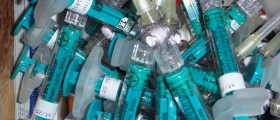



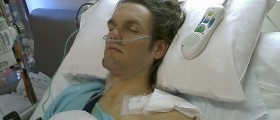
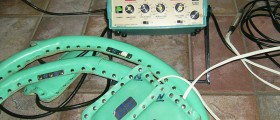
-Symptoms,-Diagnosis,-Treatment_f_280x120.jpg)
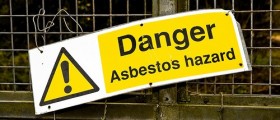
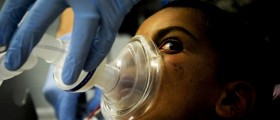
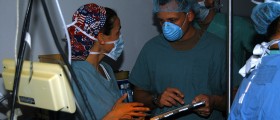

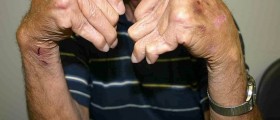


Your thoughts on this
Loading...